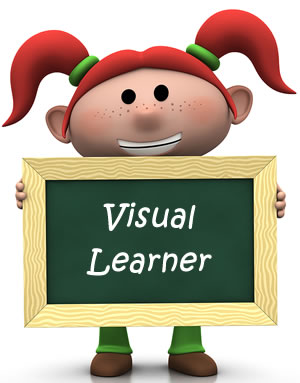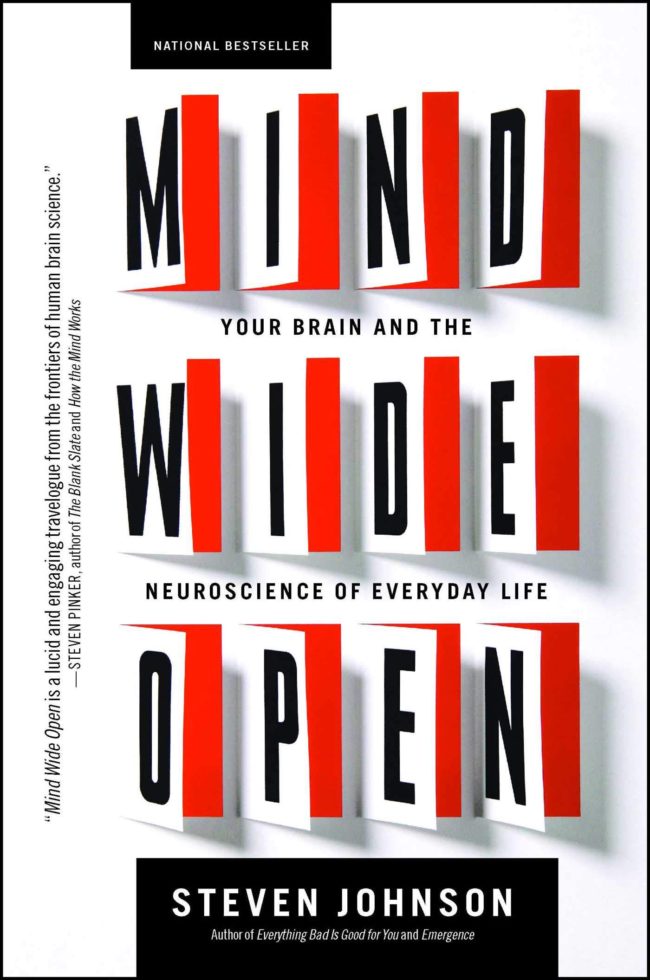09.07.19Replacing “Learning Styles” with “Attention Types”

I’ve been thinking a lot about the persistence of people’s belief in learning styles lately. Everywhere I go, teachers and coaches talk about the idea as if was established fact when in reality it is an idea without scientific basis.
Recently, I started asking myself Why is the myth so persistent when a little bit of reading should debunk it? Why does it appear to be so intuitively obvious that people don’t even think to question it? It must resonate with people for a logical reason. Such wide-spread allegiance to a flawed idea can’t be random.
This morning I read the chapter on attention in Steven Johnson’s Mind Wide Open: Your Brain and the Neuroscience of Everyday Life and it helped me to make sense of some possible reasons why.

Johnson starts his chapter by picking apart the idea of attention. It is not one thing but several things at once. “Even if the proverbial man on the street continues to think of attention as a unified thing, neuroscientists and psychologists know it to be a collection of different skills, sometimes overlapping and sometimes not.” Attention is the ability process information coming into the brain from different sensory sources in a series of steps: you must sustain concentration on the stimulus and then encode it in short term memory for example.
‘Switching’ might be the most important function in attention. Switching is the brain determining what information (and which sensory channel) to attend to and what to ignore.
“At any given moment,” Johnson writes, “so much data about the external world enters your brain through your sensory channels that the key proficiency of consciousness is not the ability to perceive the external world but rather the ability to shut so much of it out… you think being conscious means perceiving everything around you but in fact it means perceiving small slices of reality and .still being able to switch back and forth between them with extraordinary ease.”
So to sum, we receive the information that causes us to learn through our senses and everyone has a unique profile of how well they tend to process information presented through different sensory channels. The most important skill is the ability to coordinate and move fluidly among those channels.
This is probably why learning styles/multiple intelligences holds such sway. It is an (simplistic) means of describing to ourselves the fact that we take in information through a variety of channels–the sensory channels map to the “intelligences” people most often refer to casually, I think–and it countenances the fact that we can be better at encoding information through some of our senses vs others. ( Johnson notes that he listens well but takes in visual information less effectively.) It also gestures to the idea of dual coding, for which there is scientific basis. There are times when we can increase learning by presenting information through both visual and auditory channels. Oliver Caviglioli has a great book on the topic.
But here’s where the science starts to expose flaws in ‘learning styles’ theory. First, different sensory channels are required for different tasks. They are not interchangeable and we don’t often get a choice. You can believe you are stronger at attending to information that’s presented visually but that won’t help you when a situation requires attending via the auditory channel. And most likely you’re not that accurate in your perception of which channel you use better. You notice attention as a single thing.
When encoding information in working memory–trying to remember a phone number, say–you are very likely to use an “auditory loop,” repeating the information to yourself to keep from forgetting it. You do this whether you hear the phone number or read it. If you want to think through an action in reverse you will rely on your visual system. It’s designed to remember in reverse order, where as the auditory attention system finds reversing the order of things incredibly difficult.
To attend and therefore to learn this is to say, you have to be good at using and coordinating all of your attention systems and you have to be good at using them when the context demands it. The idea that there is choice for learners is inaccurate. In most cases, different types of information require specific attentional systems to process them. Either way, you have to be good at all of them and good at switching among them. You must be able to choose the right attention system for any task and apply it.
So if someone claimed to be a ‘visual learner’ and meant presumably ‘I process better through visual channels,’ we would want to consider, first, that she might well be wrong.
Second we would want to recognize that the right teaching move would not be to present more information to her visually. This would be irrelevant because in most cases the information and the structure of our brains tell us what sensory channel we must use.
Third, if there were any discretion in how to present information the ideal move would be to steer the learner to situations that required her weaker systems to develop- to avoid letting her rely on what was easiest and most intuitive.
So if learning style theory persists because it is a simplistic description–well, distortion–of a complex cognitive process, it is still counter-productive because it presumes that people have a natural predilection and this should be taught to.
The theory is persistent because it contains a faint echo of experience; it’s counterproductive because in the end it causes us to misunderstand that experience. If you’re tempted to study ‘learning styles,’ I’d recommend studying the science on attention instead. Johnson’s book is a good starting point.